Description
Date: July 18, 2024 | 2:00 PM EST/1:00 PM CST Speaker: Julia Schmitt Credits: 0.1 CEU / 1.0 PDH
Capture and reuse of urban runoff is a complex blend of opportunity and challenge. First flush runoff typically contains high levels of sediments, nutrients, oil and grease, pathogens, and metals. Dry weather runoff has similar problems, and little flow to dilute contaminants. The timing/availability of urban runoff is also problematic, with large volumetric flow often being out of sync with water supply shortage. The combination of water quality challenges of urban runoff and availability that does not coincide with demand might suggest that stormwater recycling is not worthwhile. However, innovative approaches to stormwater capture, treatment, and reuse can create large bulk supplies or provide supplemental water to increase utilization of advanced water purification facilities (AWPFs) during times when source water availability is limited.
This webinar will describe pilot stormwater reuse projects in Australia and compare those to California projects. Australian efforts focus upon direct capture, treatment, and reuse, intentionally not sending the runoff to a local wastewater treatment plant (WWTP). Efforts are supported by water quality databases and demonstrate how a well-planned program can benefit both the environment and water supply. In California, many potable reuse systems are challenged by a lack of available WWTP effluent supply during the summer months. For these systems, urban runoff can be used in the summer or shoulder seasons (when available effluent is reduced due to non-potable reuse) to increase AWPF utilization, which in turn drives down the cost of treatment and use. “Smart” runoff systems can divert dry and wet weather runoff selectively into the sewer collection system, allowing for a WWTP to provide robust treatment of oils, grease, and metals and providing more treated effluent for potable reuse applications. This webinar will also compare treatment trains suited for stormwater to potable, and examine future opportunities for expanded reuse.
Learning Objectives
- Identify the key benefits associated with stormwater to potable (aka stormwater capture and use).
- Explain how stormwater to potable can be applied differently depending on political and regulatory conditions.
- Discuss feasible treatment trains for stormwater to potable projects
- Identify efficient ways of reusing stormwater as part of a multi-pronged reuse approach
About the Presenter
Julia Schmitt, PE, ENV SP, Carollo
Julia Schmitt is an environmental engineer with more than 15 years of experience managing complex water projects in California. She leads Carollo’s California stormwater practice, and performs technical and management roles on projects and programs involving needs assessments and alternatives analyses, conceptual engineering, policy development, risk and resilience, and planning studies for a range of water infrastructure projects, including green stormwater infrastructure, OneWater, drinking water, water reuse, and climate adaptation.

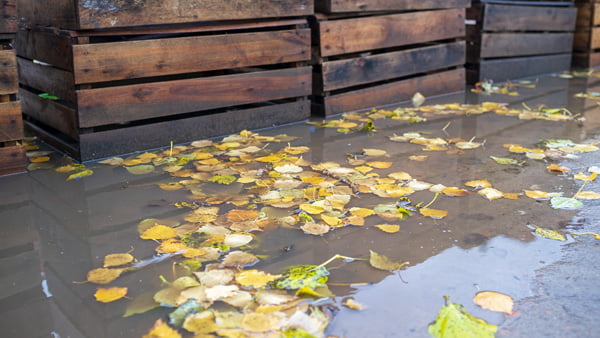
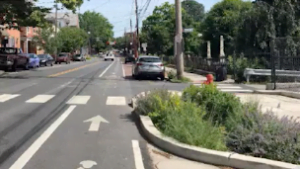
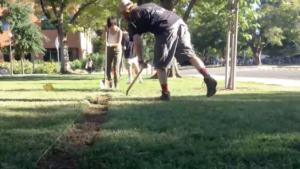
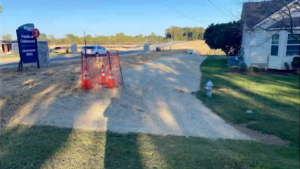
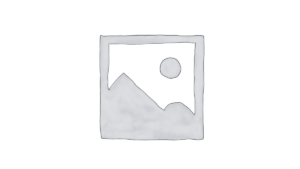

Reviews
There are no reviews yet.